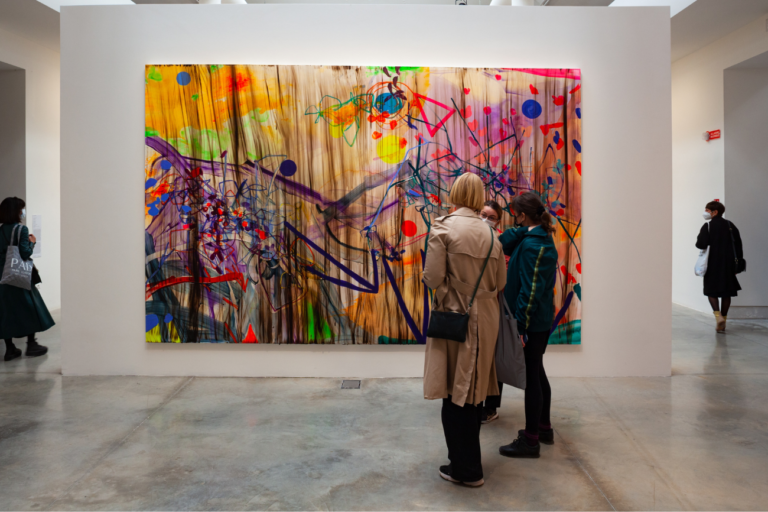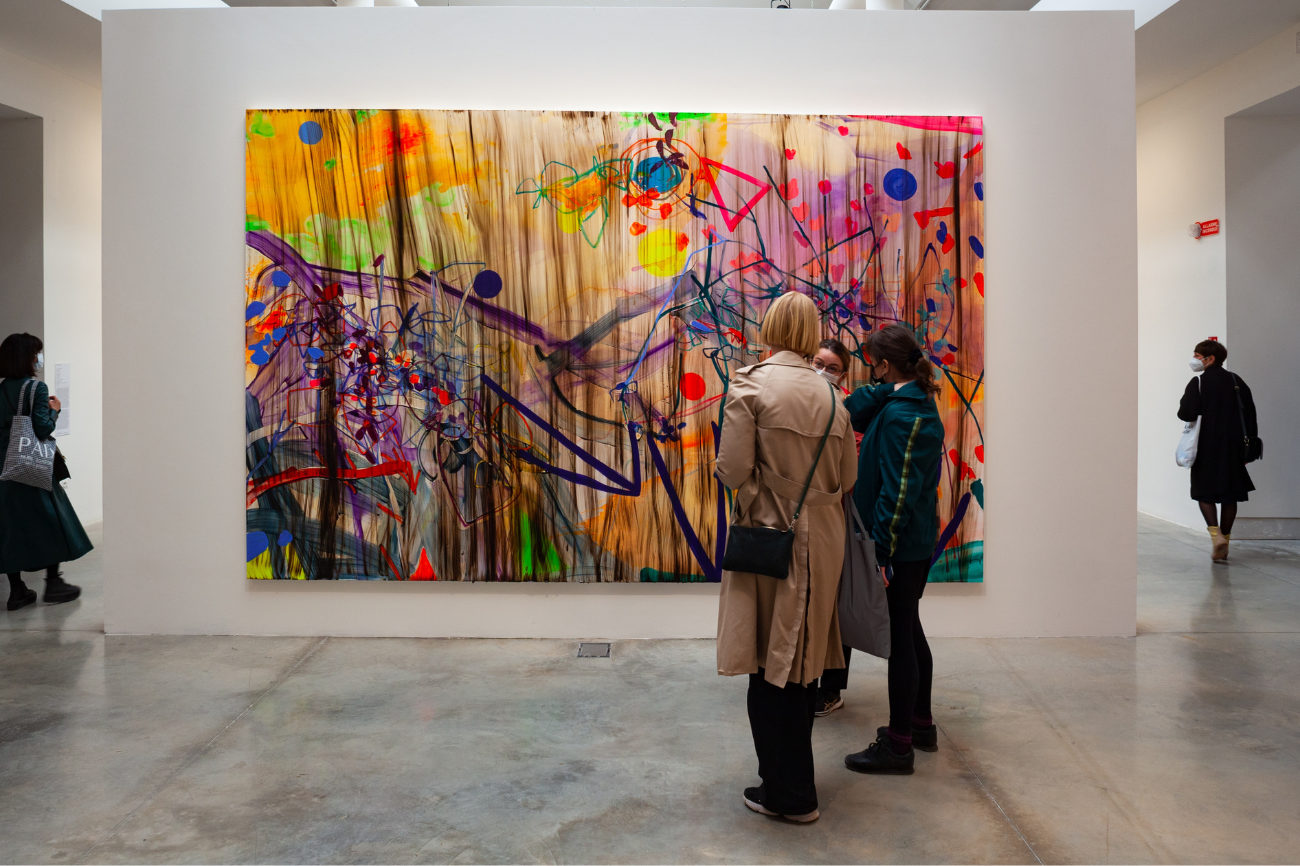
[ad_1]

Appreciating beauty is part of most people’s everyday lives. We find it in the natural world, in one another, in art and even in ideas. It feels good when we see something beautiful.
But this appreciation of beauty presents a slight paradox.
Studies on human aesthetic preferences have found that our evaluations of beauty converge on certain features: simplicity, symmetry, juxtapositions of color, and particular shapes, ratios and geometries. And yet, individuals can possess vastly different notions of beauty, particularly when it comes to their taste in music, art, clothing and other domains of human creativity.
It would appear that beauty standards are partially objective — while simultaneously subjective. How does science explain this apparent enigma?
Read More: Love at First Sight: Does It Exist?
Psychology and Beauty Standards
Evolutionary psychology in the context of mate selection offers an interesting theoretical perspective, and a study published in Scientific Reports earlier this year offers a good reason why our aesthetic preferences converge on certain attributes.
In it, a team of psychologists from the University of Konstanz replicated previous findings that people have an aesthetic preference for a shape known as Hogarth’s Line of Beauty (LoB). The line is a specific S-shaped curve, and participants tasked with choosing an S-shape based on attractiveness consistently picked this same shape.
In his 1753 book The Analysis of Beauty, British artist William Hogarth suggested wavy lines are more visually attractive than straight or curved ones; his LoB has since been a reference in various fields of design, from landscaping to hairdressing.
But while the new study provided empirical evidence of people’s preference for Hogarth’s LoB, it also offered an explanation for why we are attracted to this particular shape.
The researchers tested preferences for Hogarth’s LoB in the context of the natural curve of our bodies, specifically where the S-shaped line corresponded to varying degrees of female lumbar curvature. Participants found the woman whose lumbar curvature closest resembled Hogarth’s LoB the most visually attractive.
The Evolution of Beauty
The authors of the study point out that this particular shape is also close to the optimal degree of lumbar curvature for pregnant people who wish to carry a baby without suffering back injury. People who possess it may therefore be more likely to survive the gestation period and give birth to healthy offspring.
Studies like this one make the argument that humans have evolved to appreciate the features that once offered, or still do offer, some evolutionary fitness benefit to our species. But it’s also important to note that other evolutionary forces — beyond those involved with mate selection — can explain why our aesthetic preferences have converged to find things like symmetry and rhythm beautiful.
Humans may be drawn to symmetry and certain ratios, for example, because these things help us identify perceptual regularities in our environment; through them we categorize and form mental models of the world. To successfully interact with our environments, we must be able to distinguish between things like food, shelter, other humans and predators.
But, as stated earlier, our perceptions of beauty also diverge in interesting and nuanced ways — and a different theoretical perspective can help us make sense of this.
What Does ‘Attractive’ Mean to You?
What we find attractive extends beyond physical appearances. These types of aesthetic judgments fall outside the explanatory framework of certain evolutionary perspectives and, instead, is likely deeply tied to our senses of identity, self-presentation and social signaling.
Humans are deeply social animals that thrive in collectives. We also attach meaning to arbitrary features of reality, so long as they carry some special significance to us.
Someone who identifies as an environmentalist, for example, might say their favorite color is green because of its association with nature. Meanwhile, a French national might be more drawn to blue because it is reminiscent of France’s sports teams.
In both scenarios, the individuals have aesthetic color preferences that speak to their senses of identity while also potentially signaling to others in their social group.
Read More: Do We Care More About Conservation for Species That Are Aesthetic?
What Causes Attraction?
In a 2020 paper, a research team led by Joerg Fingerhut from the Berlin School of Mind and Brain in Germany found that aesthetic considerations play a central role in how we conceptualize ourselves. The findings point to something called the aesthetic self effect: Changes in our aesthetic preferences can also alter our own ideas of who we are.
“When people imagine a change in what pleases them, of what kind of artworks they like, they think it impacts them at their core — at who they are, their identity,” Fingerhut says. “This holds for imagined music taste changes but also for changes in their preferences for visual art.”
In other words, people make sense of themselves through their own aesthetic preferences, which can be linked to almost any arbitrary quality in their environment.
And so, while evolution might constrain what we find attractive in other people for the sake of mate selection, beauty standards have no limits. Humans can attach meaning and beauty to anything we choose.
Read More: How Is Social Media Morphing Our Self-Image?
[ad_2]